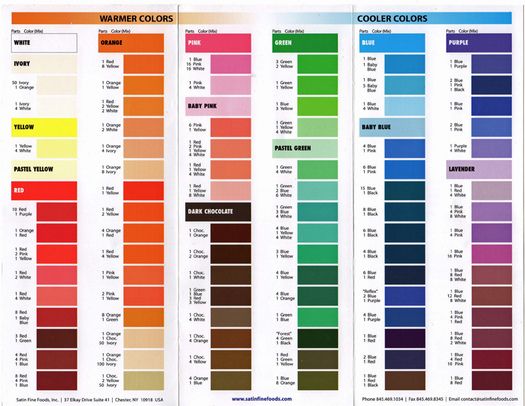I Mix Red And Blue To Get Purple, But Get Grey!!!!


I Mix Red And Blue To Get Purple, But Get Grey!!!!
[quads id=11]
Many of us have experienced the frustration of mixing colors together only to end up with a shade that was not what we were aiming for. One common example of this is trying to mix red and blue to create purple, only to find that the result is a disappointing shade of grey.
So, why does this happen? The answer lies in the way colors interact with each other. When we see a specific color, it is because certain wavelengths of light are being absorbed and others are being reflected. When we mix colors together, we are essentially mixing different wavelengths of light and the way they interact can sometimes produce unexpected results.
In the case of mixing red and blue to make purple, the wavelengths of light that are being absorbed and reflected are crucial. Red and blue are at opposite ends of the color spectrum, with red having longer wavelengths and blue having shorter wavelengths. When these colors are mixed together, the wavelengths interact in such a way that they cancel each other out, resulting in a duller, greyish shade rather than the vibrant purple we were hoping for.
To avoid ending up with grey when mixing red and blue, there are a few tips that can help. One approach is to use slightly more of one color than the other in order to shift the balance of wavelengths and create a more distinct shade of purple. Additionally, using high-quality pigments and ensuring that the colors are mixed thoroughly and evenly can help to achieve a more accurate result.
Ultimately, mixing colors together can be a fun and creative process, but it can also be frustrating when the outcome is not what we expected. Understanding the science behind how colors interact with each other can help to avoid some common pitfalls and create the desired shade with more success. So, next time you find yourself with a disappointing grey instead of a vibrant purple, take a moment to consider the wavelengths of light at play and adjust your mixing technique accordingly.